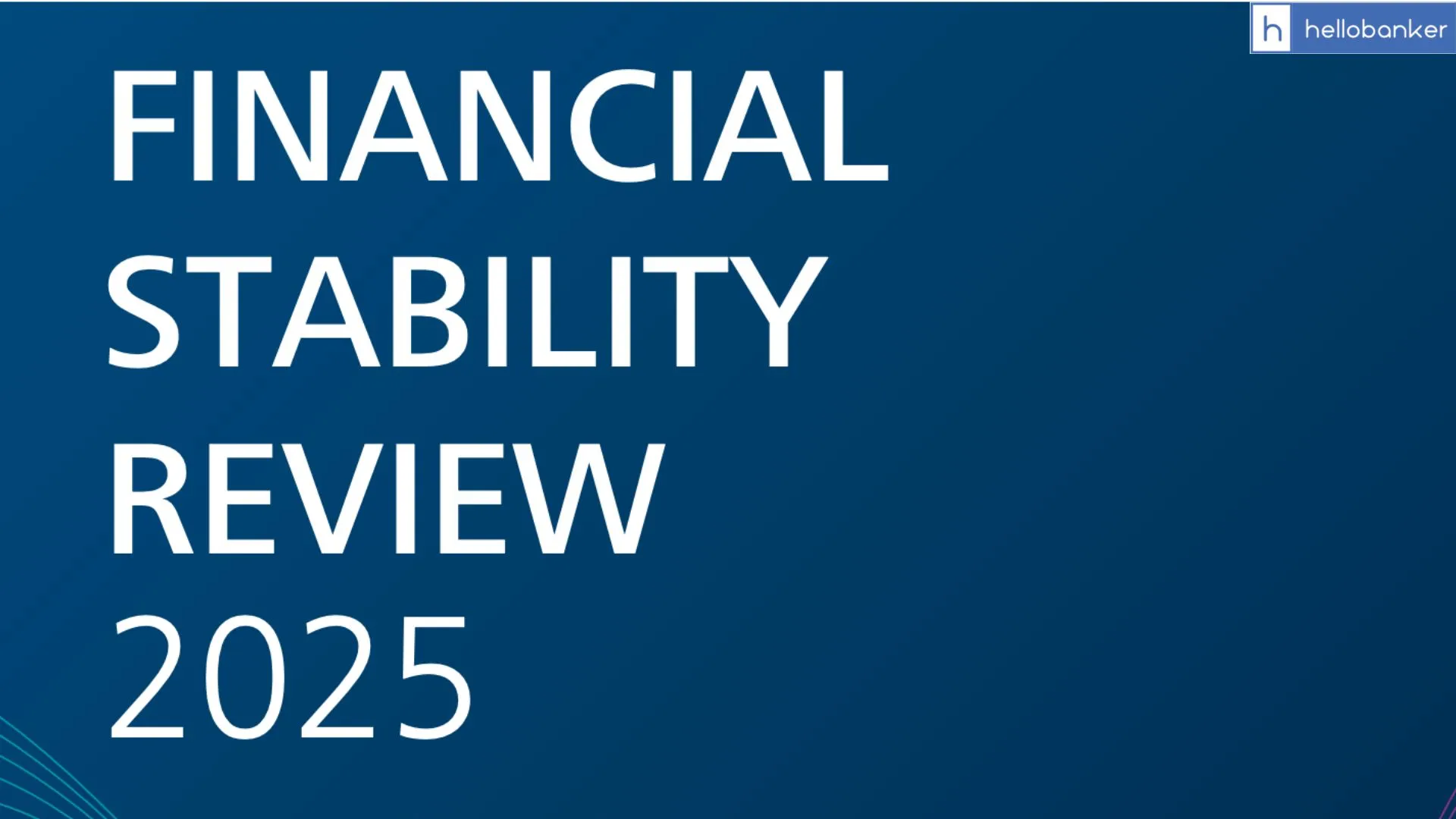The German central bank, Bundesbank, has warned that risks to the country’s financial system have grown. In its Financial Stability Review 2025, the bank says that geopolitical tensions, trade disputes and rising government debt are creating new challenges. You can download PDF of report from link given at last.
Macro-economic conditions have worsened
Bundesbank Executive Board member Michael Theurer explained that uncertainty around global trade and economic policy is affecting Germany. The economy is already facing structural problems, and the high valuations in stock and bond markets could lead to sudden and sharp price corrections. This year’s report marks the 20th edition of the Financial Stability Review.
Lending risks in banks continue to rise
The Review states that risks linked to banks’ lending activities have been increasing for some time. These risks may grow further because of the current economic slowdown and long-term structural challenges. Theurer also warned about rising government debt in Europe. He said that Europe must maintain stable economic growth and follow strong fiscal rules to keep debt under control. As one of Europe’s strongest economies, Germany has a major responsibility to support stability in the eurozone.
Signs of a financial upswing, but risks remain
According to the Bundesbank, asset prices and lending trends show signs of a financial upswing. But the future remains uncertain. Some risks, such as overvalued housing prices, have reduced. However, the commercial real estate sector is still weak and could pose problems.
Rising Government Debt: A Major Concern
The Review highlights that many countries in Europe are struggling with high and rising government debt. Higher spending and increased interest payments are making it harder for them to manage debt responsibly. Since Germany’s financial system is closely linked to Europe’s, any debt problems in other eurozone countries could affect German banks and overall financial stability. Germany’s own debt situation is still considered safe, but other countries may face serious challenges. Theurer added that recent changes to national fiscal rules are not enough to ensure long-term compliance with EU rules, meaning more adjustments may be needed in the coming years.
Credit Risk is Going Up for Banks
Since late 2022, the number of non-performing loans (NPLs) has been rising. Initially, the increase was mainly seen in commercial real estate loans. Now, the economic slowdown is affecting other sectors too, though the impact is smaller. Banks also face the risk of losses if government bond prices fall suddenly, especially given Europe’s high debt levels. While German banks have strong capital buffers, Theurer said the low risk weights used by big banks may hide some of the real vulnerability in the system.
Growing Role of Non-Bank Financial Institutions (NBFIs)
Non-bank financial institutions, such as investment funds and insurance companies, are becoming more important in Germany and Europe. Their increasing connection with banks poses new risks. The Bundesbank says regulators need better access to data across borders to understand and monitor these risks effectively.
Macroprudential Measures Are Appropriate; Regulation Needs Simplification
Theurer said Germany’s existing macroprudential tools, such as the countercyclical capital buffer and the sectoral risk buffer for housing loans, are appropriate. The housing-related buffer was reduced from 2 percent to 1 percent in April 2025 as housing market risks declined. He also noted that banking regulation has become too complex. Although the Basel III reforms have strengthened banks after the global financial crisis, institutions now face many overlapping capital rules. The Bundesbank supports simplifying requirements, especially for small and less complex banks.
Download Report PDF (This PDF is available for Premium Users Only. Click here to join premium)
